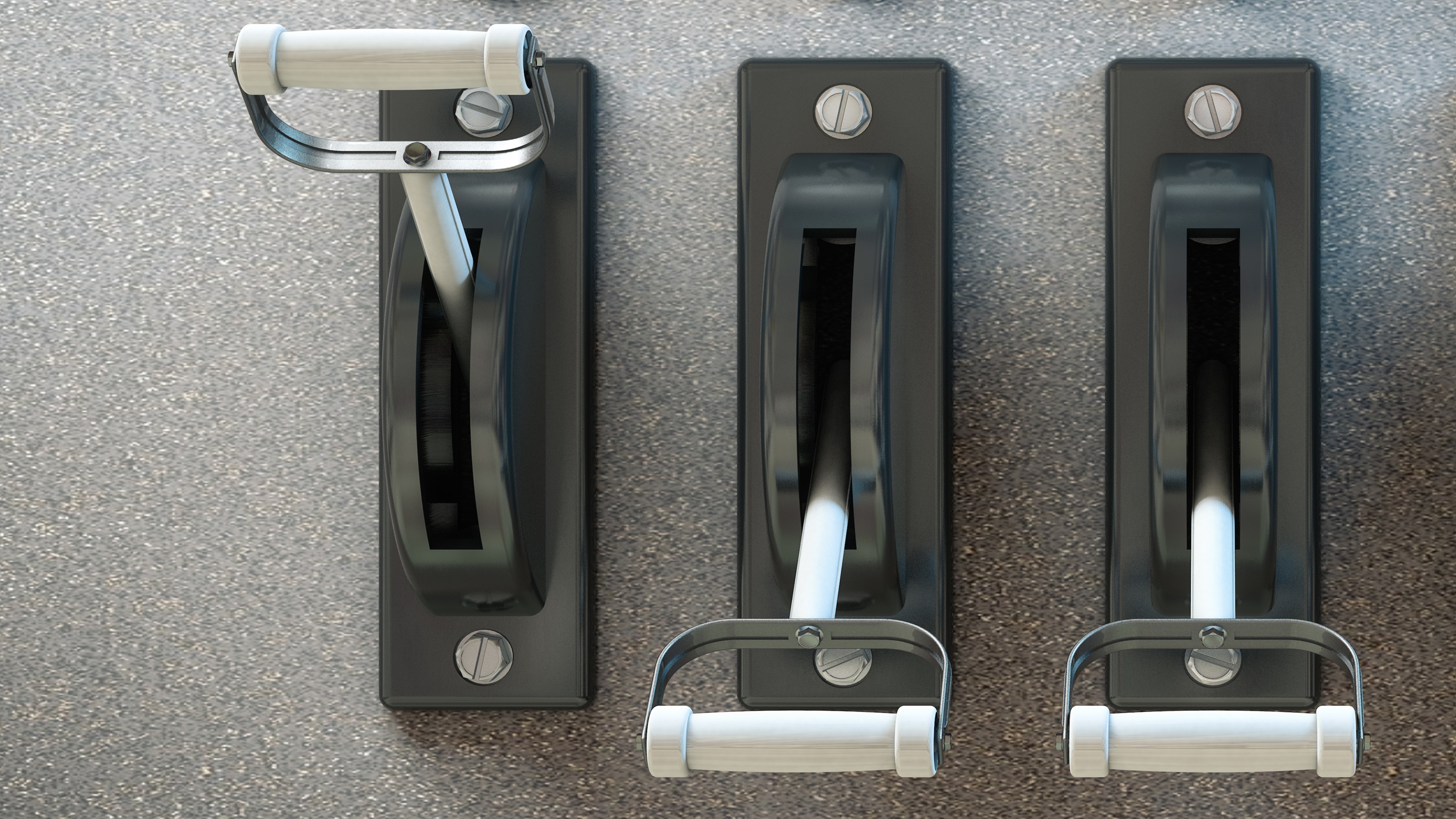The New Mom's Guide to Transitioning Back to Work
The best time to start preparing for your return to the office is long before your maternity leave is over. Take these seven tips to heart to help smooth your transition.


This column is part of a special series Halbert Hargrove produced in honor of March being Women's History Month to highlight women's accomplishments and challenges.
First comes the baby, then comes maternity leave — and then it’s quickly time to think about going back to work. As a mama of two boys (6 months and 4 years), I recently went through my second transition back to work. The second time went much more smoothly, but that’s because I knew where the pain points were as a much more “experienced” working mom.
Trust me, it wasn’t perfect!
From just $107.88 $24.99 for Kiplinger Personal Finance
Be a smarter, better informed investor.

Sign up for Kiplinger’s Free Newsletters
Profit and prosper with the best of expert advice on investing, taxes, retirement, personal finance and more - straight to your e-mail.
Profit and prosper with the best of expert advice - straight to your e-mail.
Whether you’re excited to return to “normal” adult working life or are sad and dreading leaving your baby (I felt both), what follows are my hard-earned insights: Seven things to consider as you transition back to work after maternity leave.
1. Start early
If you are reading this and are still pregnant — it’s not too early to begin looking at day cares and getting on waiting lists, if that’s your plan after you have the baby. In my experience, waiting lists can be months or even years long, so get on those lists ASAP. Think about how you’re going to get to work on time — practice getting ready, getting out the door, and driving into work with a drop-off along the way, etc. Think about where you will pump and store milk (if you want to). Consider getting a second car seat if you and your spouse have two cars: Whether or not you’re splitting the duties of drop-off and pick-up, best-laid plans can always change at the last minute.
2. Review child care options
If neither you nor your spouse is staying home with your baby and you don’t have a family member able to watch them full time, there are many other options to look into — day care, in-home nannies, etc. Price, comfort and convenience will all be considerations in determining the best fit.
If you choose an out-of-home option, you’ll need to figure out who will do drop-off and pickup, who will watch the baby during the day care’s vacation days, and who will take days off if your child is sick. My husband and I do the team approach — one of us picks up and the other drops off. We rotate on sick/vacation days, and grandparents are able to help sometimes. You’ll need to figure out what works best for your family.
3. Practice leaving your baby with your day care or nanny
Leaving your child for the first time is going to feel weird — you just spent the last couple months with your baby attached to your hip with very few moments alone. Don’t wait until the day you go back to work to practice taking your baby to day care or having your nanny come to your home.
I’d suggest starting a week or even two weeks early with your caregiver, making yourself available as questions arise. This is a good time to take care of some personal tasks that you haven’t had time to do — so go get your hair done, schedule those doctor appointments, help in your other child’s classroom, start exercising, etc. Once you go back to work, you won’t have time to do most of these.
4. Think about work attire
For most of us, being back in our pre-maternity clothes doesn’t happen that quickly (it took close to a year to put the weight on, right?). You should plan for what you can wear to work upon your return. If your maternity clothes are suitable for your workplace, then rock those for a while. But if you are in between those and your old professional wardrobe, stock up on some staples. Buy a few dresses that will work — or try a rental service like Ann Taylor’s Infinite Style or Le Tote so you don’t have to invest in clothes that you won’t need long term.
5. Ask for help
I know this is easier said than done, especially for those of us who want to “do it all.” But accept your friend’s offer to bring over dinner. Let your spouse make dinner for a while. Ask your mom to watch the baby for a couple of hours. Ask your partner to do more of the chores that used to only fall to you — most likely they are willing to help, but don’t know whether you want it.
6. Don’t plan any other big life commitments (if you can avoid them)
Transitioning back to work is a big deal, so try to avoid any other major life events until you’re comfortable with your new routine. Try to avoid moving, planning a big trip, signing up for a new volunteer job (etc.). What you already have on your plate is overwhelming. I can relate to this because a month after I came back to work after my first baby, we sold our house and moved into a rental. It was unexpected and totally nuts — we survived, but this was not the optimal time to try and pull this off. Give yourself a break!
7. Carve out a little time for yourself
I know we’ve all heard it — you can’t take care of others if you’re not taking care of yourself, and it’s so true. Find what works for you as far as self-care — some people enjoy roaming aimlessly through Target, others turn to exercise — mine was 15 minutes of reading before I passed out for the night.
Be patient with yourself. This whole motherhood thing is pretty much the best, but it has its share of challenges!
Profit and prosper with the best of Kiplinger's advice on investing, taxes, retirement, personal finance and much more. Delivered daily. Enter your email in the box and click Sign Me Up.

Kelli Kiemle holds multiple roles with Halbert Hargrove. As Managing Director of Growth and Client Experience, she sets the tone for the quality and character of Halbert Hargrove's client service relationships. She also manages the associate wealth advisers and client service managers. Kelli is also responsible for overseeing the firm's wide-ranging marketing and communications initiatives, including their mentor program.
-
 I Retired at 60 Two Years Ago With $3.1 Million. My 62-Year-Old Wife Still Works Because She Wants to, but She Resents My Free Time. Help!
I Retired at 60 Two Years Ago With $3.1 Million. My 62-Year-Old Wife Still Works Because She Wants to, but She Resents My Free Time. Help!We asked a psychologist and a mediation expert for advice.
-
 Five Downsides of Dividend Investing for Retirees
Five Downsides of Dividend Investing for RetireesCan you rely on dividend-paying stocks for retirement income? You'd have to be extremely wealthy — and even then, the downsides could be considerable.
-
 Five Downsides of Dividend Investing for Retirees, From a Financial Planner
Five Downsides of Dividend Investing for Retirees, From a Financial PlannerCan you rely on dividend-paying stocks for retirement income? You'd have to be extremely wealthy — and even then, the downsides could be considerable.
-
 I'm a CPA: Control These Three Levers to Keep Your Retirement on Track
I'm a CPA: Control These Three Levers to Keep Your Retirement on TrackThink of investing in terms of time, savings and risk. By carefully monitoring all three, you'll keep your retirement plans heading in the right direction.
-
 This Is Why Judge Judy Says Details Are Important in Contracts: This Contract Had Holes
This Is Why Judge Judy Says Details Are Important in Contracts: This Contract Had HolesA couple's disastrous experience with reclaimed wood flooring led to safety hazards and a lesson in the critical importance of detailed contracts.
-
 I'm a Financial Pro: This Is How You Can Guide Your Heirs Through the Great Wealth Transfer
I'm a Financial Pro: This Is How You Can Guide Your Heirs Through the Great Wealth TransferFocus on creating a clear estate plan, communicating your wishes early to avoid family conflict, leaving an ethical will with your values and wisdom and preparing them practically and emotionally.
-
 Social Security Wisdom From a Financial Adviser Receiving Benefits Himself
Social Security Wisdom From a Financial Adviser Receiving Benefits HimselfYou don't know what you don't know, and with Social Security, that can be a costly problem for retirees — one that can last a lifetime.
-
 Take It From a Tax Expert: The True Measure of Your Retirement Readiness Isn't the Size of Your Nest Egg
Take It From a Tax Expert: The True Measure of Your Retirement Readiness Isn't the Size of Your Nest EggA sizable nest egg is a good start, but your plan should include two to five years of basic expenses in conservative, liquid accounts as a buffer against market volatility, inflation and taxes.
-
 Ten Ways Family Offices Can Build Resilience in a Volatile World
Ten Ways Family Offices Can Build Resilience in a Volatile WorldFamily offices are shifting their global investment priorities and goals in the face of uncertainty, volatile markets and the influence of younger generations.
-
 Should Your Brokerage Firm Be Your Bookie? A Financial Professional Weighs In
Should Your Brokerage Firm Be Your Bookie? A Financial Professional Weighs InSome brokerage firms are promoting 'event contracts,' which are essentially yes-or-no wagers, blurring the lines between investing and gambling.